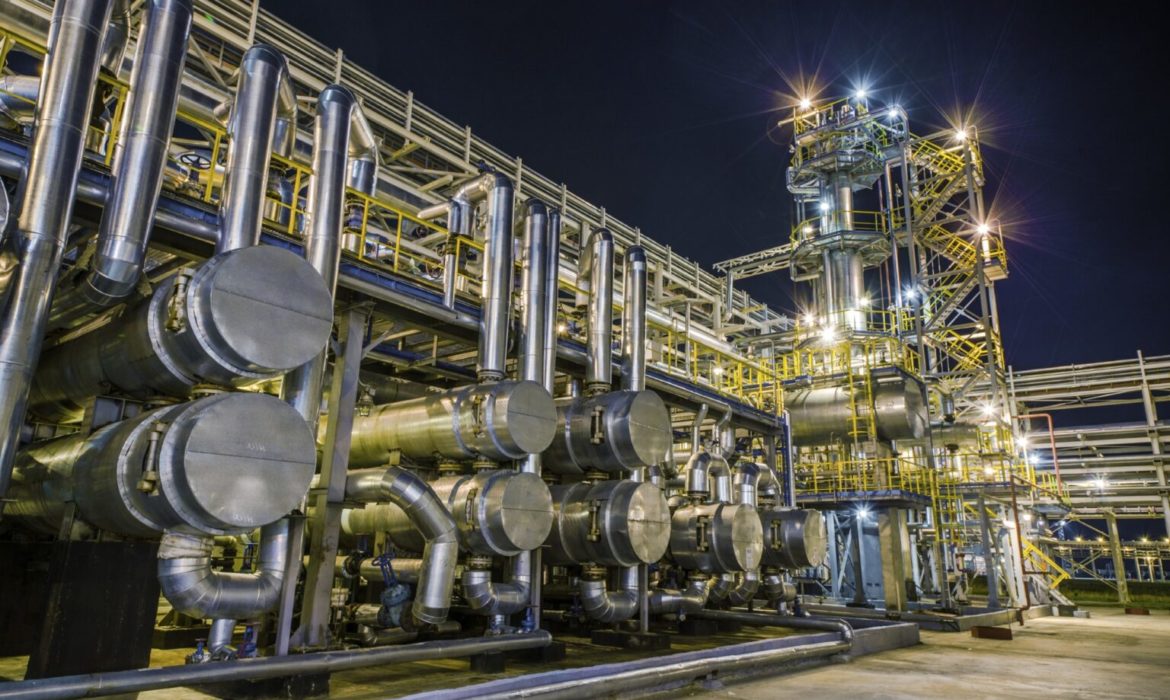As Equatorial Guinea emerges as a leader in regional gas monetization, gas-fired power generation represents an attractive solution to fulfilling national electrification objectives, while meeting global decarbonization demands. Natural gas is already a significant contributor to the country’s power generation capacity: more than half of its 390 MW of power is derived from gas, giving the country the highest electricity access rate per capita in the region. On Bioko Island, the Malabo Turbogas 154 MW thermal power plant powers the capital city’s grid and is the largest power generation facility in the country; meanwhile, the Rio Muni mainland is predominantly powered by the Djibloho 120 MW Hydroelectric Dam.
While the Turbogas plant has been Equatorial Guinea’s largest power plant for over a decade, the Ministry of Mines and Hydrocarbons has been pushing to further develop the use of natural gas for local consumption through gas-to-power construction projects. In 2016, the Bata power plant underwent a conversion of its turbines from heavy fuel oil to both fuel and gas, aligning with the country’s vision to burn cleaner fuels and monetize gas resources. In October 2018, a 38 MW power plant with four dual-fuel engines was commissioned to be run primarily on gas supplied from the country’s offshore fields. In addition to serving as a cost-effective source of power generation, natural gas also represents an intermediary step in the energy transition – emitting between 50-60% fewer carbon emissions from combustion and reducing reliance on higher polluting sources. Gas-fired plants also complement the generation profiles of renewables, thereby increasing the reliability and availability of power and presenting a viable alternative for countries not yet able to completely divert from fossil fuels, yet seeking to prioritize the development of cleaner power.
For Equatorial Guinea, which enjoys a strategic position in the Gulf of Guinea, gas-to-power offers the potential to anchor the development of a regional power economy. Given its current energy output and relatively small population of 1.4 million, the country has been able to meet domestic energy demand with self-produced power to date. As a result, the country plans to export excess electricity to neighboring gas-deficient countries like Cameroon and Gabon, having already created a framework for an integrated and operational regional power market. Unlike most African countries, which face infrastructure and affordability challenges in financing LNG facilities and gas-to-power plants, Equatorial Guinea is recognized for its comprehensive Gas Master Plan that aligns high-level government vision with capital-raising strategies. The country has been uniquely able to mobilize large amounts of capital from private sector players, buttressed by gas investment-focused policies and cross-border regulation that lays the foundation for an intra-African power trade. While Shell previously held an exclusive offtake agreement with the Government of Equatorial Guinea for LNG produced by the EG LNG plant, the start-up of the Alen gas monetization project last February brought an end to the monopoly by implementing a new tolling structure. As a result, Equatorial Guinea is inviting independent and state-backed oil companies to lift LNG cargoes, with incentives of an attractive royalty scheme and strong government support.
SMALL-SCALE LNG
With the onset of COVID-19, the global gas industry saw a sharp decline in demand, buyers delayed deliveries and storage facilities approached maximum capacity, exacerbating the temporary gas market glut that existed before the pandemic. With supply expanding at a faster rate than demand, increased LNG capacity is now being used to find new customers and to supply smaller scale power plants throughout Africa. Because small-scale LNG caters to power generation for off-grid or remote users, it can foster demand in areas that were previously not reached by traditional LNG. As a result, the size of the global small-scale LNG market is expected to grow by approximately 100 million tons per year by 2030, with several developments on the continent gaining momentum. In August 2019, Equatorial Guinea announced its plans to develop an LNG storage and regasification plant, to be built at the port of Akonikien on the southern border of the mainland by local contractor Elite Construcciones. The plant boasts a storage capacity of 14,000 cubic meters in 12 bullet tanks, as well as a truck-loading station and 12km of gas and diesel pipelines, and will be fed by LNG produced at the EG LNG plant at the Punta Europa Gas Complex. Once it is fed into the regasification plant, LNG will be distributed to smaller-scale power plants and LNG power stations throughout the country, as well as exported to neighboring countries.
The construction of the plant represents one of several key projects under the LNG2Africa initiative – launched by the Ministry of Mines and Hydrocarbons in 2018 – that aims to facilitate an intra-African production and trade of LNG through the creation of a domestic gas-to-power infrastructure. While economies of scale are typically achieved for pipeline and large-scale infrastructure LNG transportation at 3,000 km – which makes smaller local markets less prospective to investors – small-scale developments are also scalable, which enables operators to add incremental capacity and better respond to short-term fluctuations in demand.
ECP, in partnership with the Ministry of Mines and Hydrocarbons, announced the launch of its Africa Energy Series: Equatorial Guinea 2021 campaign – comprising a report and documentary – that will serve as a critical tool to navigate the energy investment landscape of one of Africa’s more mature petroleum-producing markets. To participate in the upcoming Africa Energy Series documentaries, please contact editorial@energycapitalpower.com and to advertise or sponsor, please contact sales@energycapitalpower.com.
Source: energycapitalpower.com

